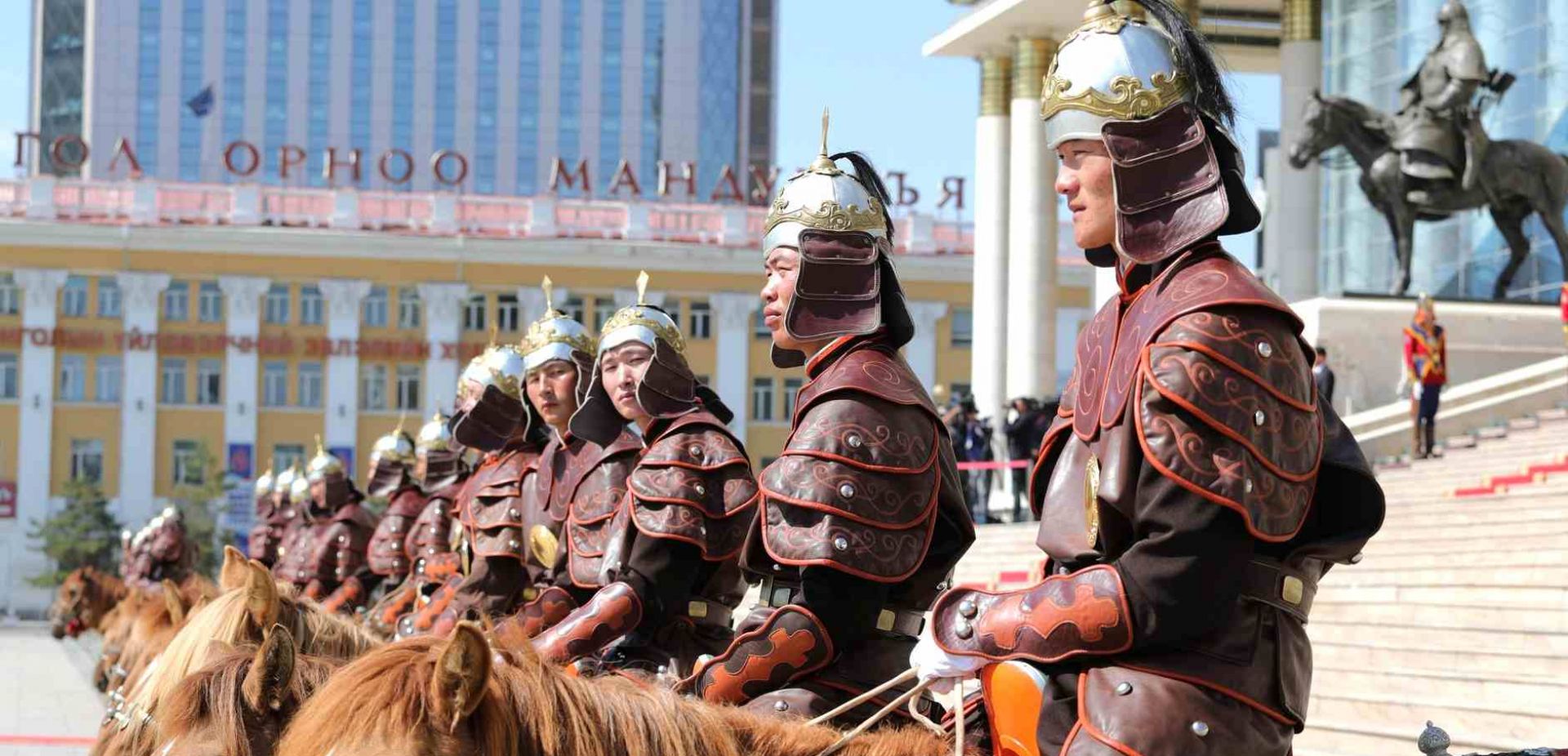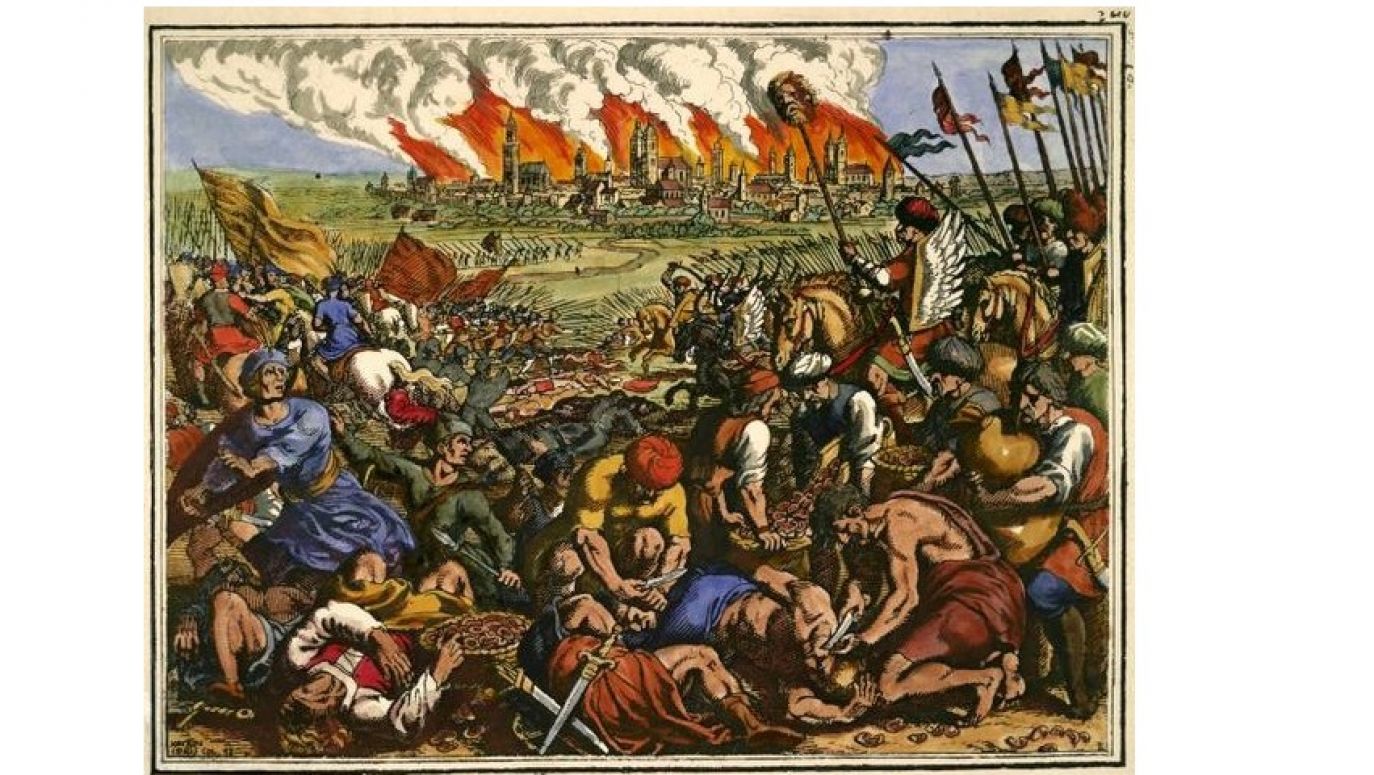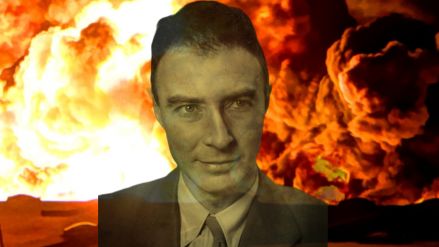Shamans, ancestral spirits, the power of khans and the mysterious skills of lamas, the mythical gold of Baron von Ungern and age-old yurts that not even the communist economy has destroyed. And then there is the 'Benedict and John's Unheard-of Expedition', the country from which the Tartar hordes set out centuries ago to conquer Europe.
Now, almost unexpectedly, Pope Francis has set off for Mongolia, and of course the question arises as to whether he is even slightly familiar with that unheard-of expedition from the mid-13th century. After all, it was also sent by Pope Innocent IV, who was concerned that the fearsome and destructive Tartar armies were advancing as far as Vienna and attacking Croatia and Dalmatia.
In the space of a day, the Mongol army was able to move over 100 km! Its ominous fame grew, Christianity may not have wavered, but it was not easy. Suffice it to mention the Battle of Legnica, which all of us were - and still are - taught about at school. Then, in 1241, the Christian knighthood, including the Teutonic Knights, the Knights of St John and the Knights Templar, not to mention the Polish banners, was blown to pieces. Seven thousand knights were left on the battlefield, including Duke Henry II the Pious, the hope of the Polish state, which had been split into districts.
Benedict and John at the Khan's house
Europe knew nothing about the Mongols and, moreover, was unable to agree on them. No wonder, then, that, impatient, the next Pope decided in 1245 that the matter needed to be investigated and, at the very least, contacts established leading perhaps to the Christianisation of the savage people. And he decided to send out an expedition - very cleverly constructed: in four teams of two people each and on four routes, with the assumption that at least one of the teams would succeed after all. He chose people who were not only trustworthy, but who had been brought up in obedience - in other words, monks from the most important orders at the time. Two teams - missions or ministries, as you may read - consisted of Franciscans, two of Dominicans. Both already had their monasteries in Poland, hence the presence of Benedictus Polonus (Benedict Pole), OFM, in one of the teams.
 SIGN UP TO OUR PAGE
SIGN UP TO OUR PAGE

Benedict was a monk in a monastery in Wroclaw, from where John of Pian del Carpini took him on an expedition - a mission to the Khan. "In the thirteenth century, when everyone trembled with fear at the mere sound of the word 'Tartars' (this was how the Mongols were called at the time, and the word meant 'people from hell'), there were two daredevils who ventured beyond the edge of the known world to meet an alien civilisation. How brave they must have been! Fearless! Who were they? Adventurers? Warriors? Conquerors? No! John and Benedict were humble Franciscans," says Łukasz Wierzbicki on his website, who was so fascinated by their lives that he decided to bring them closer to children, and not just Polish ones, as the book has already been translated into several languages.
The crux, however, is that of the four teams sent out, only this one reached its destination and faced the Khan in July 1246. More than a year later, in November 1247, he returned unharmed - though I don't know if healthy - to Lyon, where Pope Innocent IV was waiting. Benedict immediately sat down to work, and his work 'De Itinere Fratrum Minorum ad Tartaros' was the first European description of the Mongol Empire. Marco Polo only set out on his journey a dozen years later.

 SIGN UP TO OUR PAGE
SIGN UP TO OUR PAGE
 Benedict was a monk in a monastery in Wroclaw, from where John of Pian del Carpini took him on an expedition - a mission to the Khan. "In the thirteenth century, when everyone trembled with fear at the mere sound of the word 'Tartars' (this was how the Mongols were called at the time, and the word meant 'people from hell'), there were two daredevils who ventured beyond the edge of the known world to meet an alien civilisation. How brave they must have been! Fearless! Who were they? Adventurers? Warriors? Conquerors? No! John and Benedict were humble Franciscans," says Łukasz Wierzbicki on his website, who was so fascinated by their lives that he decided to bring them closer to children, and not just Polish ones, as the book has already been translated into several languages.
Benedict was a monk in a monastery in Wroclaw, from where John of Pian del Carpini took him on an expedition - a mission to the Khan. "In the thirteenth century, when everyone trembled with fear at the mere sound of the word 'Tartars' (this was how the Mongols were called at the time, and the word meant 'people from hell'), there were two daredevils who ventured beyond the edge of the known world to meet an alien civilisation. How brave they must have been! Fearless! Who were they? Adventurers? Warriors? Conquerors? No! John and Benedict were humble Franciscans," says Łukasz Wierzbicki on his website, who was so fascinated by their lives that he decided to bring them closer to children, and not just Polish ones, as the book has already been translated into several languages. 





